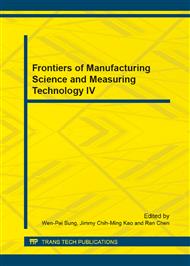p.2153
p.2157
p.2160
p.2164
p.2168
p.2173
p.2178
p.2182
p.2188
Stakeholder Analysis of EV Spread in China
Abstract:
It is known that a stakeholder analysis is a strong tool to identify and adjust groups with different interests upon the proposed reform. However, it is not a handy approach to conduct a stakeholder analysis of EV spread in China. This is due to that the information about different stakeholders in China is not entirely available. Interviews to the stakeholders in China have not been carried out as a result of short project period and area limit. Therefore, this stakeholder analysis will not be able to fulfill the frame that was described in the method chapter. Some of the judgments will be based on estimation. To mark the level of support from different stakeholders, we will give 5 grades to each in a form of ++, +, 0, -, -- instead of the method of 0-100 as it is rather difficult to achieve that precision.
Info:
Periodical:
Pages:
2168-2172
Citation:
Online since:
August 2014
Price:
Сopyright:
© 2014 Trans Tech Publications Ltd. All Rights Reserved
Share:
Citation:


